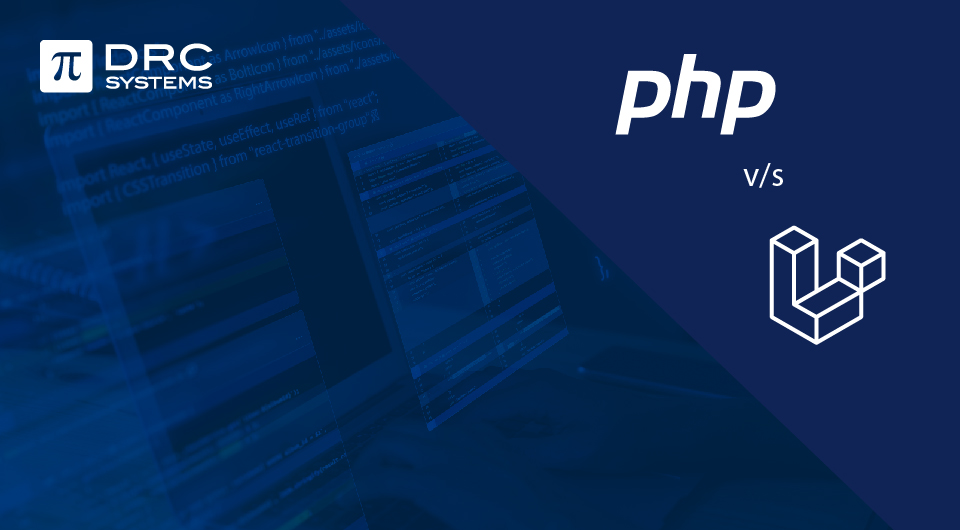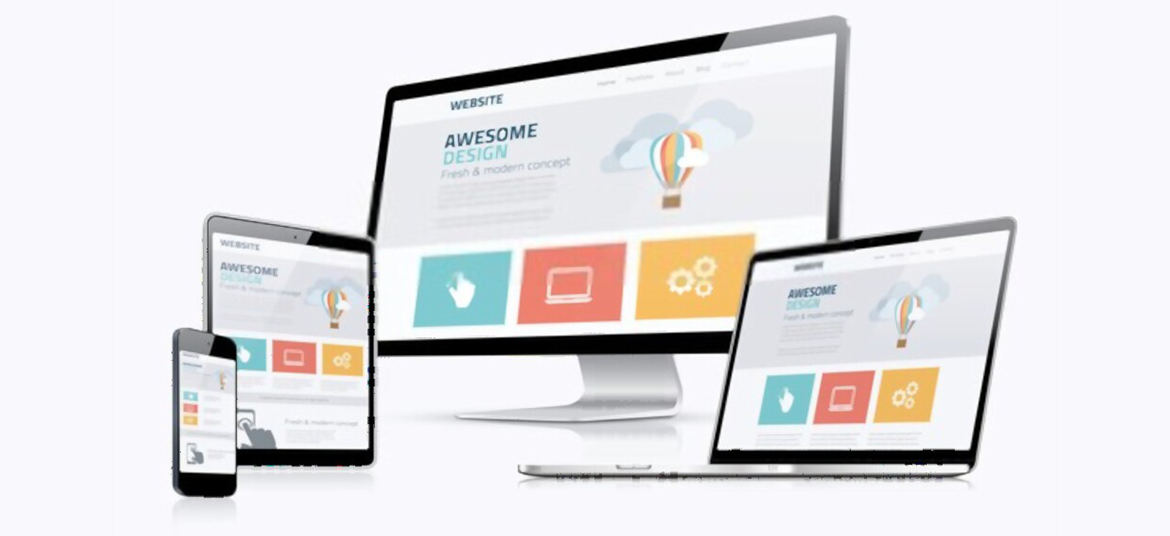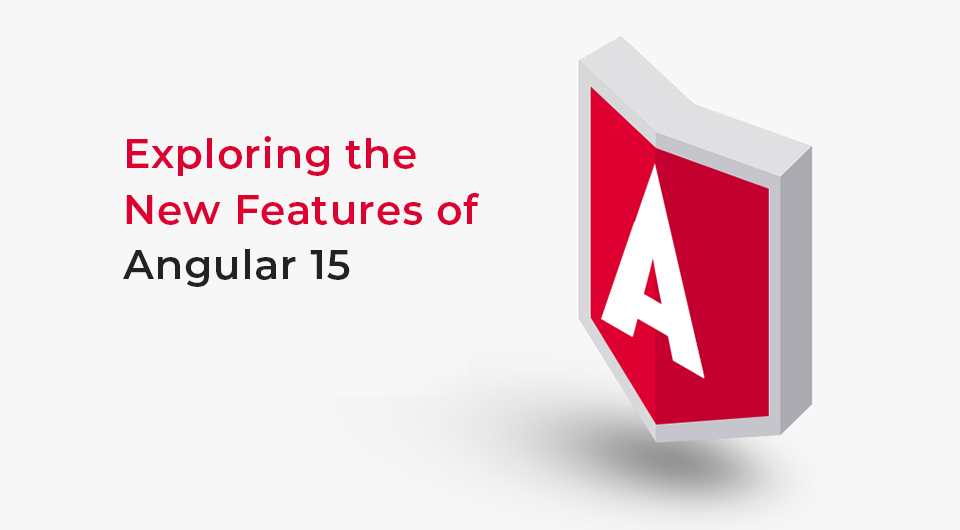Related Articles
Yii vs. Laravel: Which PHP Framework Should You Choose for Your Project?
PHP is one of the most widely used server-side scripting languages, dominating the market with over 76.5% of internet websites…
Read The PostTop Reasons To Have A CMS For Your Website
Here are the top reasons to incorporate a content management system (CMS) into your website. The right CMS can help you grow your business and scale effectively in the market.
Read The PostExploring the New Features of Angular 15: A Comprehensive Guide
Angular 15 has gained popularity thanks to its innovative and advanced features. Curious about what it offers? Let’s explore the details.
Read The Post


